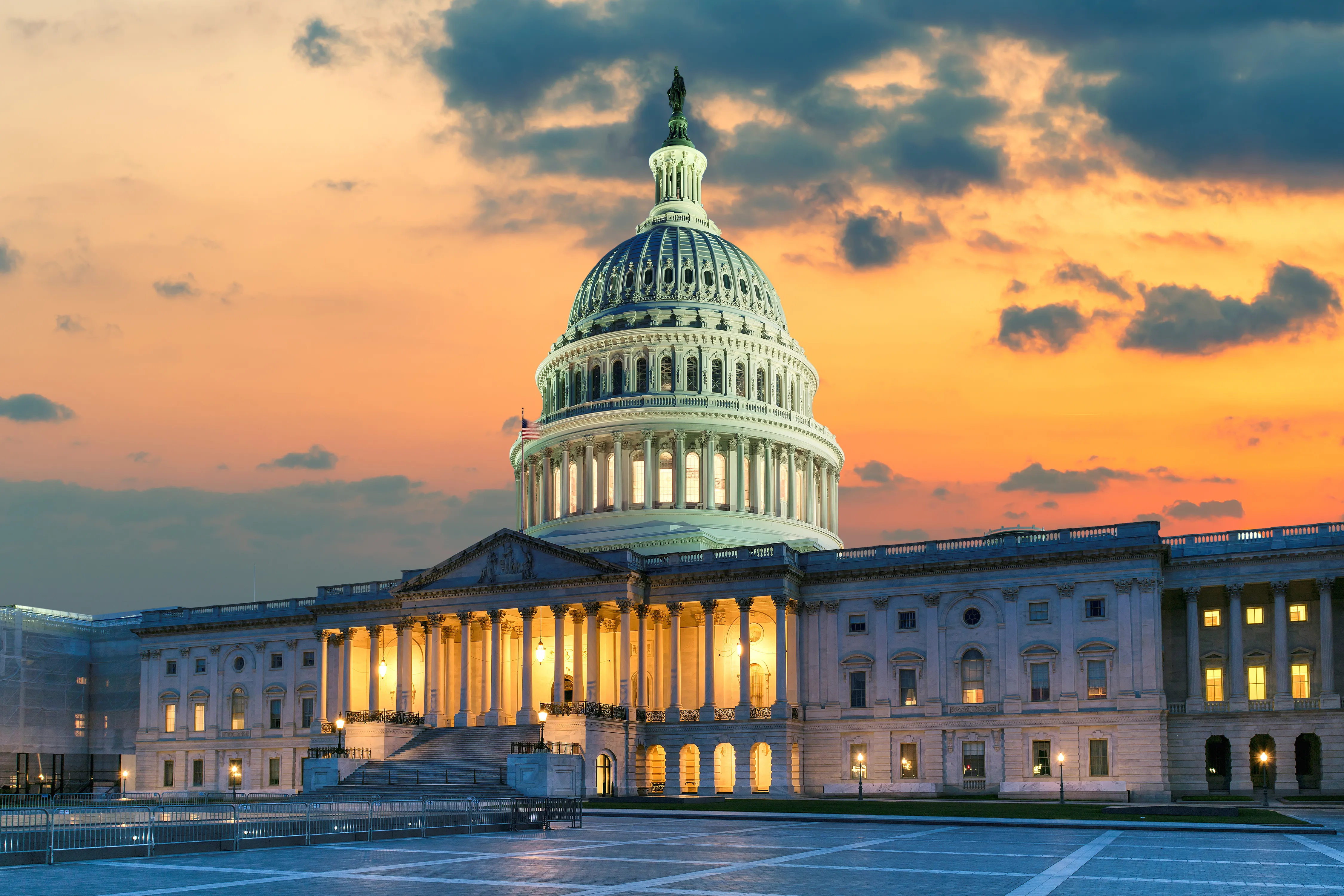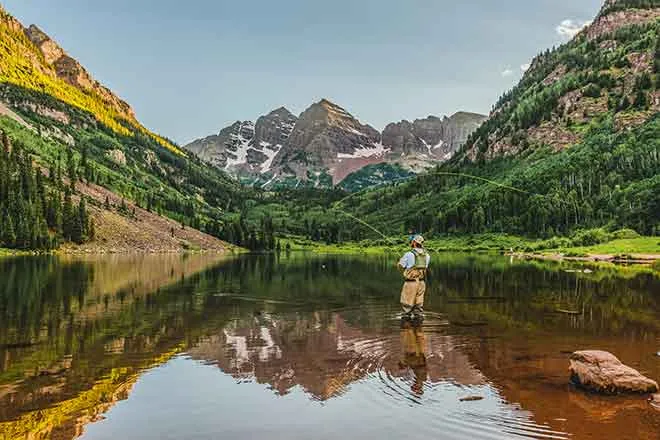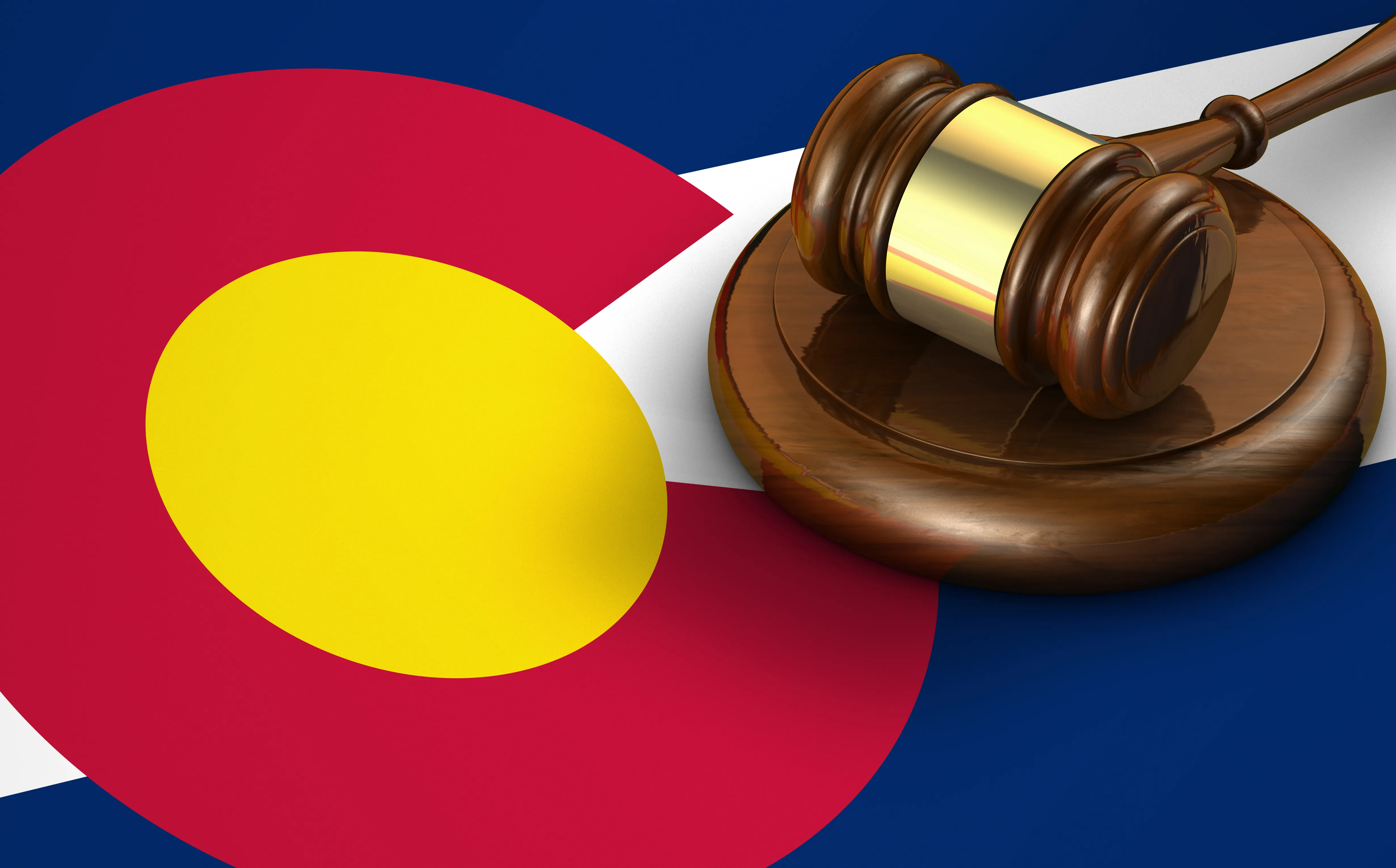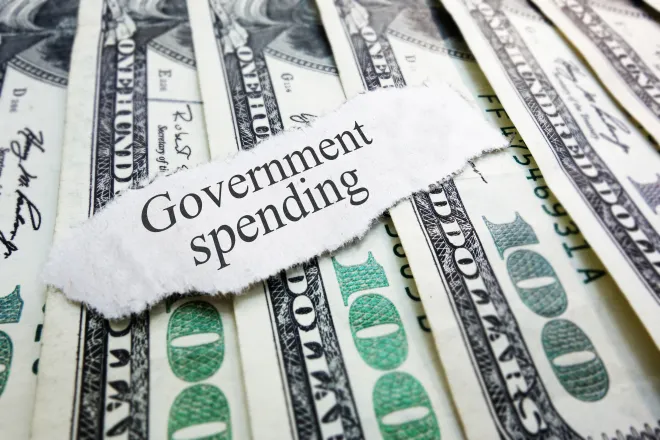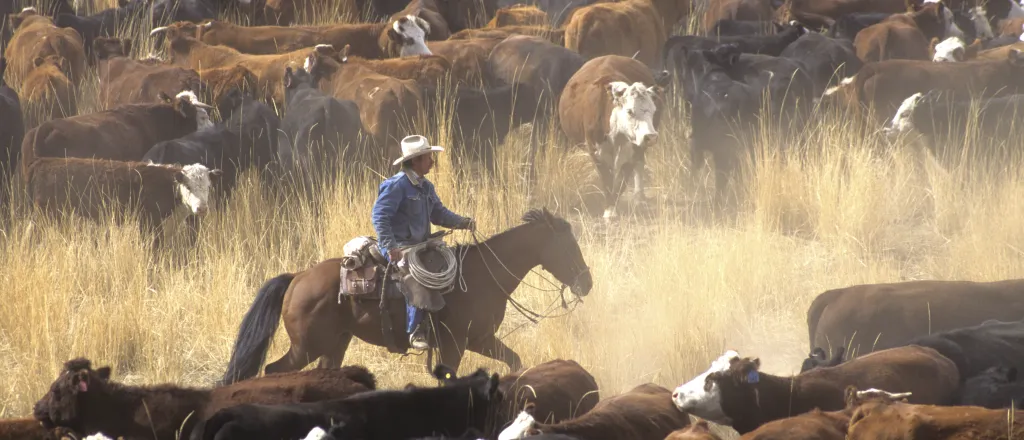
Touch forms the foundation of the powerful human-horse relationship
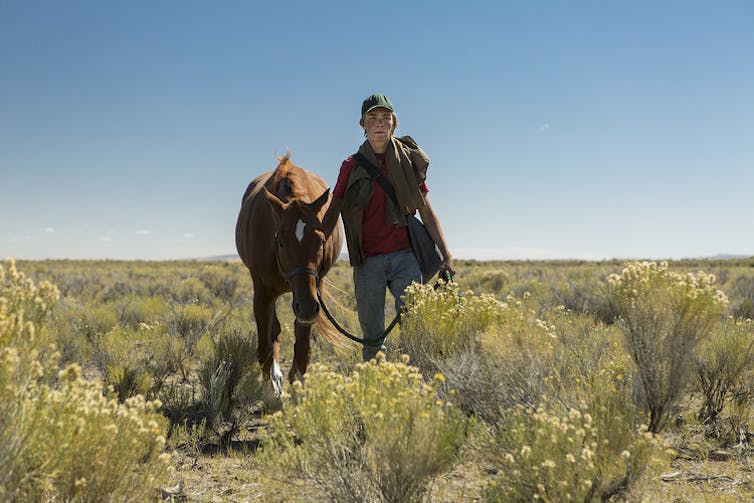
Keri Brandt Off, Fort Lewis College
Two recent films, “Lean on Pete” and “The Rider,” explore the transformative quality of human-horse relationships. Both films center on young men: One deals with the trauma of poverty and loneliness, the other struggles to rebuild his life after a horrific brain injury. For each, salvation is found in the relationships they form with their equine companions.
Transformation and redemption are common themes in films and books about humans and horses. Some might dismiss them as corny tropes, but there’s truth to the deep bonds humans and horses are able to form.
The contours of this relationship – and what enables this connection – have been the subject of my research. It is nothing short of miraculous that two species with such thoroughly different orientations to the world – one predator, the other prey – come together in partnership, with trust and a unique form of communication playing important roles.
From co-worker to companion
The history of horses and humans dates back centuries. It is impossible to know exactly when their paths first crossed, but the earliest domestication of horses is widely thought to have occurred in the regions of Ukraine and Kazakhstan.
Traditionally, the horse has been used as a worker, a form of transportation and in combat. But with the invention of the combustion engine and the modernization of agriculture in the 19th century, jobs for horses began to dwindle.
By the mid-20th century, the horse’s utilitarian value had decreased. However, the popularity of both horse riding and horse racing grew. Horses also started to increasingly be valued as companions.
Our relationship with horses is distinct from our relationships with cats and dogs; horses sit at the intersection of being wild and domesticated and don’t fit easily into the category of pet. Perhaps this has to do with their large size, which creates an element of danger. There are countless examples of a lack of understanding between horses and humans leading to serious injuries or death.
For this reason, being able to effectively communicate with horses plays a crucial role in the relationship.
A language of touch
Research has shown that horses and humans have developed a unique way to communicate with one another, a kind of third language, neither fully human nor fully equine. What linguists call an “embodied language system” seems to have developed – a way of communicating that’s reliant on touch, emotional connection and becoming attuned to physical movements.
It doesn’t involve humans trying to imitate the way horses interact with one another. Nor does it simply mean using the threat of fear or violence to bend horses to our will. Instead, it’s a symbiotic and dynamic process that recognizes horses as sensitive, decision-making beings.
While many have physical contact with their dogs and cats in order to play with them, express affection and groom them, people don’t ride their dogs or cats. Nor do they ask them to perform complicated physical and mental tasks while astride their backs.
Doing so involves a melding of both bodies, with humans and horses developing a high level of bodily control and sensitivity. It’s an empathetic physical dialogue, with the goal of having two bodies operate as a single unit.
But synchronicity between humans and horses doesn’t come easy. It can take years to achieve. Starting at the most rudimentary level of communication – through a system of applying pressure to parts of the horse’s body – it builds slowly. Only after countless hours of working together do humans and horses attune their bodies to each other.
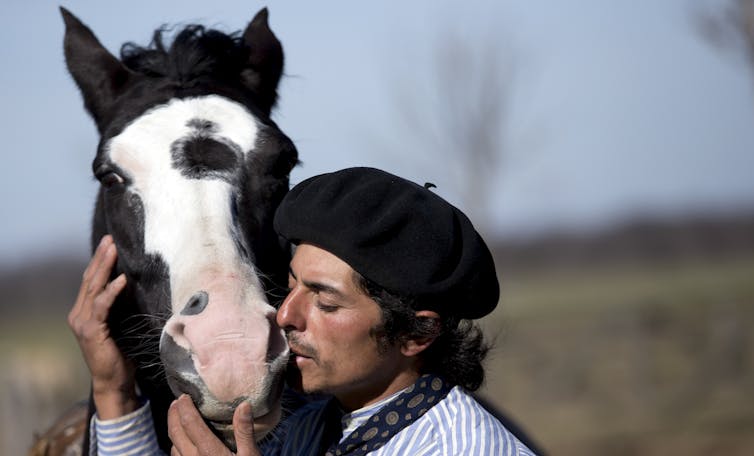
Horse experts often say the best horse-rider pairs are the ones that can make it look effortless, as if there are no visual signs of communication taking place. This sense of complete synchronicity is the holy grail for horse riders. From horse racing and dressage to the more mundane daily interactions with horses, “harmony” is the ultimate goal.
There is a kind of intimacy created through this sort of embodied communication. Working to know an animal without being able to speak involves making yourself vulnerable and exposing yourself to doubt, self-criticism and physical danger.
When it comes to creativity, analysis and self-reflection, people tend to give a lot of weight to words and thoughts. Horses can help humans develop a different kind of knowledge, one rooted in the body.
![]() In the process, it helps humans learn about themselves: a big reason why the relationship is such good fodder for character development in films.
In the process, it helps humans learn about themselves: a big reason why the relationship is such good fodder for character development in films.
Keri Brandt Off, Professor of Sociology and Gender and Sexuality Studies, Fort Lewis College
This article was originally published on The Conversation. Read the original article.

